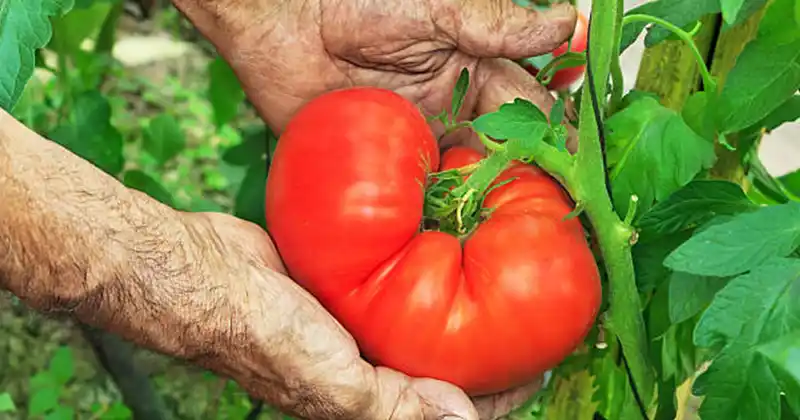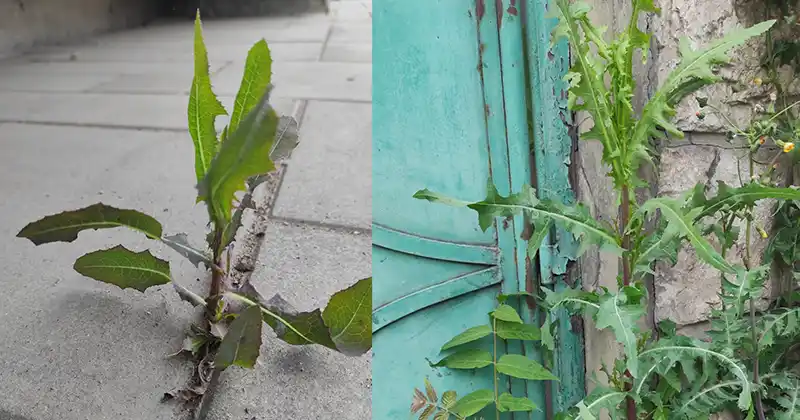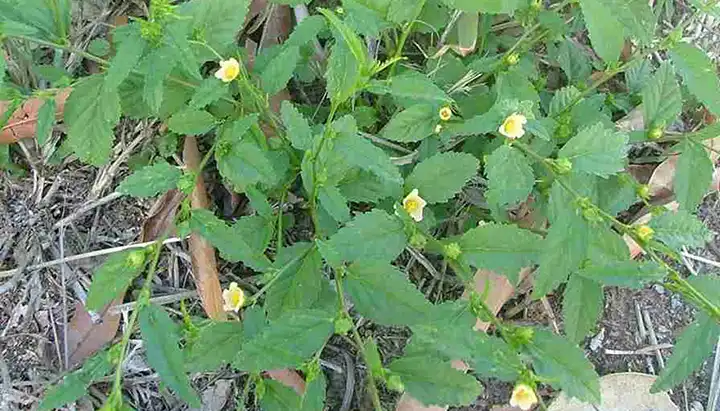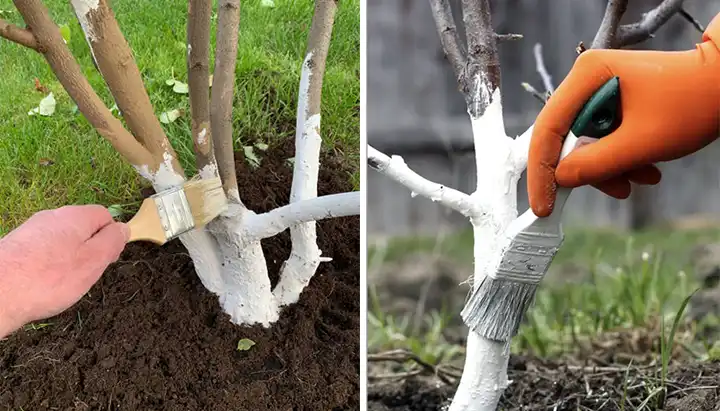The Ultimate Natural Method to Grow Healthy, Abundant Tomatoes

Growing tomatoes can be a rewarding experience, but many gardeners struggle with keeping their plants healthy and productive throughout the season. Instead of relying on synthetic fertilizers, there is a completely natural and highly effective method that ensures your soil remains nutrient-rich, your plants grow strong, and your tomatoes taste extra sweet.
Follow this step-by-step guide to discover how to plant tomatoes using a sustainable, nutrient-packed technique that will feed your plants all season long.
Step 1: Prepare a Deep Planting Hole
To start, dig a deep hole in your planting area. Whether planting directly in the ground, in raised beds, or in large containers, ensure that the hole is deep enough to accommodate multiple layers of natural fertilizers. If planting in beds with open bottoms, the roots will have access to deeper soil layers, allowing for stronger growth and better water absorption.
Step 2: Enrich the Soil with Organic Kitchen Waste
Instead of using chemical fertilizers, one of the best ways to feed tomato plants is by utilizing organic kitchen waste. Gather vegetable peels, fruit peels, dry leaves, and other biodegradable scraps. These materials will break down slowly over time, continuously releasing nutrients into the soil, mimicking the natural decomposition process that happens in forests.
Important Note: Avoid adding cooked food, dairy, or meat, as these can attract pests and cause unpleasant odors.
Step 3: Boost Growth with Epsom Salt
Once you have filled the hole with organic waste, sprinkle a small amount of Epsom salt over it. This simple ingredient contains magnesium and sulfur, which are essential for plant growth.
- Magnesium aids in photosynthesis, allowing plants to absorb sunlight efficiently, resulting in healthier, greener leaves.
- Sulfur improves nutrient absorption and enhances the flavor of the tomatoes.
A little Epsom salt goes a long way, so use it sparingly.
Step 4: Add a Layer of Nutrient-Rich Compost
Cover the kitchen waste and Epsom salt with a generous layer of compost. Compost contains beneficial microbes that accelerate the decomposition process, ensuring that your plants receive nutrients faster. Additionally, compost improves soil structure, making it more aerated and fertile.
Spread the compost evenly over the organic material to encourage uniform nutrient distribution.
Step 5: Cover with Soil and Prepare the Planting Area
After adding compost, cover everything with the soil you initially removed when digging the hole. Lightly press down to remove any air pockets and smooth the surface. This step locks in moisture and nutrients, preventing them from escaping or being washed away.
For an extra boost, add another thin layer of compost on top. This will act as a slow-release fertilizer, providing continuous nourishment as the plant grows.
Step 6: Planting the Tomato Seedlings
Now it’s time to plant the tomato seedlings. Choose healthy, strong seedlings and place them into the prepared soil. When planting, bury the seedlings deeper than usual, covering part of the stem. Tomatoes have the unique ability to grow additional roots along the stem when buried, leading to a sturdier and more resilient plant.
Step 7: Water with Compost Tea for Maximum Benefits
To further enrich the soil and boost plant health, water your tomato plants with compost tea. This natural liquid fertilizer is easy to make and is packed with beneficial microorganisms and essential nutrients.
How to Make Compost Tea:
- Take a portion of compost and soak it in water for a few hours.
- Strain the liquid and use it to water the base of your tomato plants.
Compost tea enhances soil health, strengthens plants, and helps prevent diseases, ensuring robust growth and higher yields.
Why This Method Works Wonders
This technique is not only cost-effective but also highly beneficial for the long-term health of your garden. By utilizing natural materials such as kitchen scraps, compost, and Epsom salt, you are creating an environment where plants can thrive without the need for chemical fertilizers.
- Stronger Plants – The deep root system and natural nutrients help tomatoes grow healthier and more resilient.
- Better Taste – Nutrient-rich soil enhances the natural sweetness of tomatoes.
- Improved Soil Health – Compost and organic waste gradually enrich the soil, making it more fertile over time.
- Less Maintenance – Once set up, this method provides sustained nutrition throughout the growing season, reducing the need for frequent fertilization.
Final Thoughts
If you’re looking for a natural, effective, and sustainable way to grow tomatoes, this method is a game-changer. By incorporating organic materials and simple gardening techniques, you can ensure a bountiful harvest with minimal effort.
Give it a try this season, and you’ll never want to plant tomatoes any other way!



















